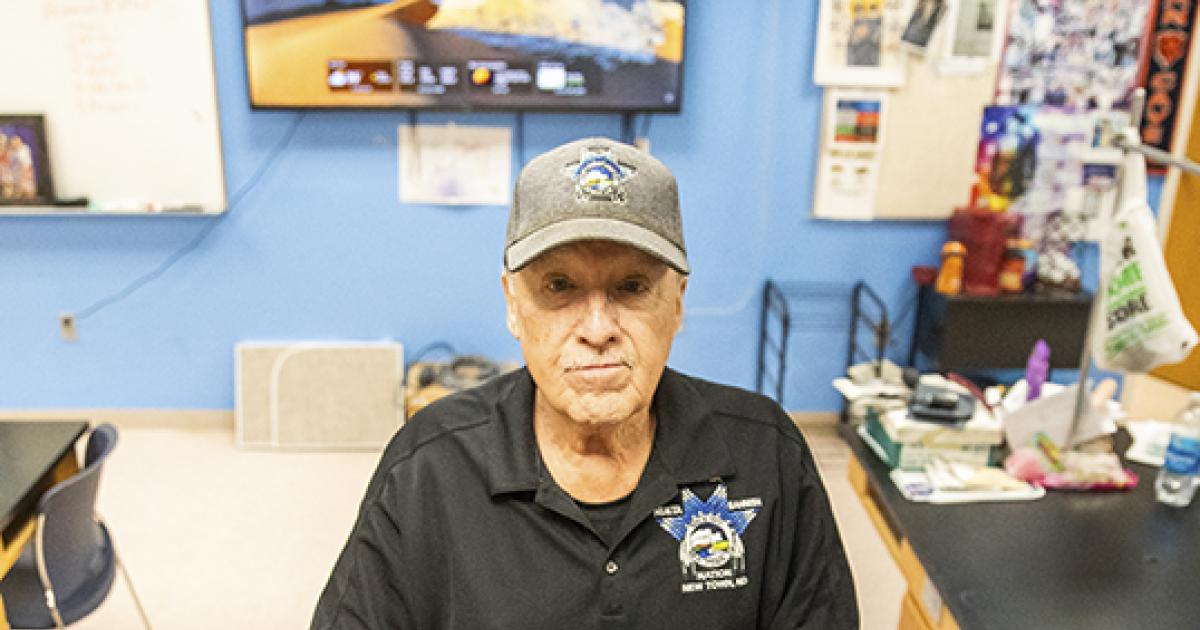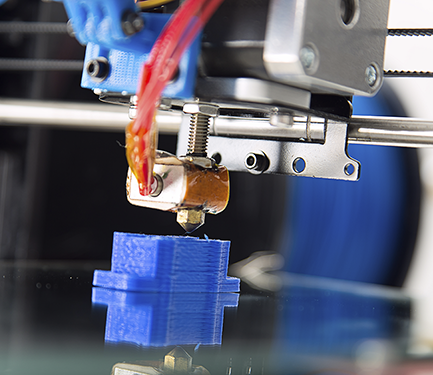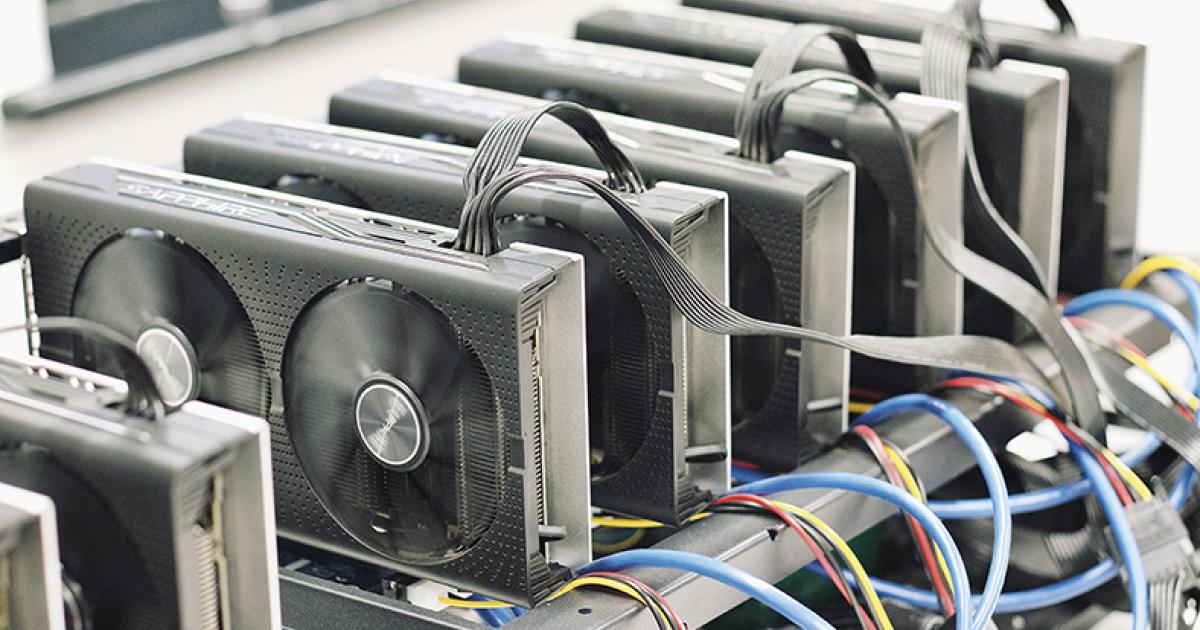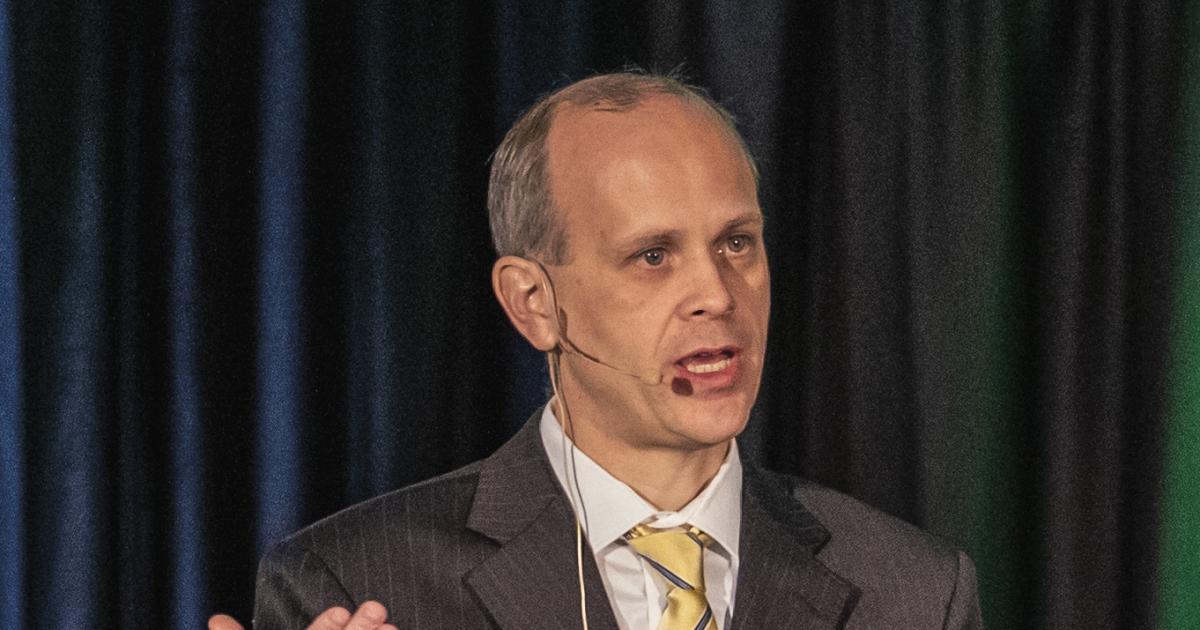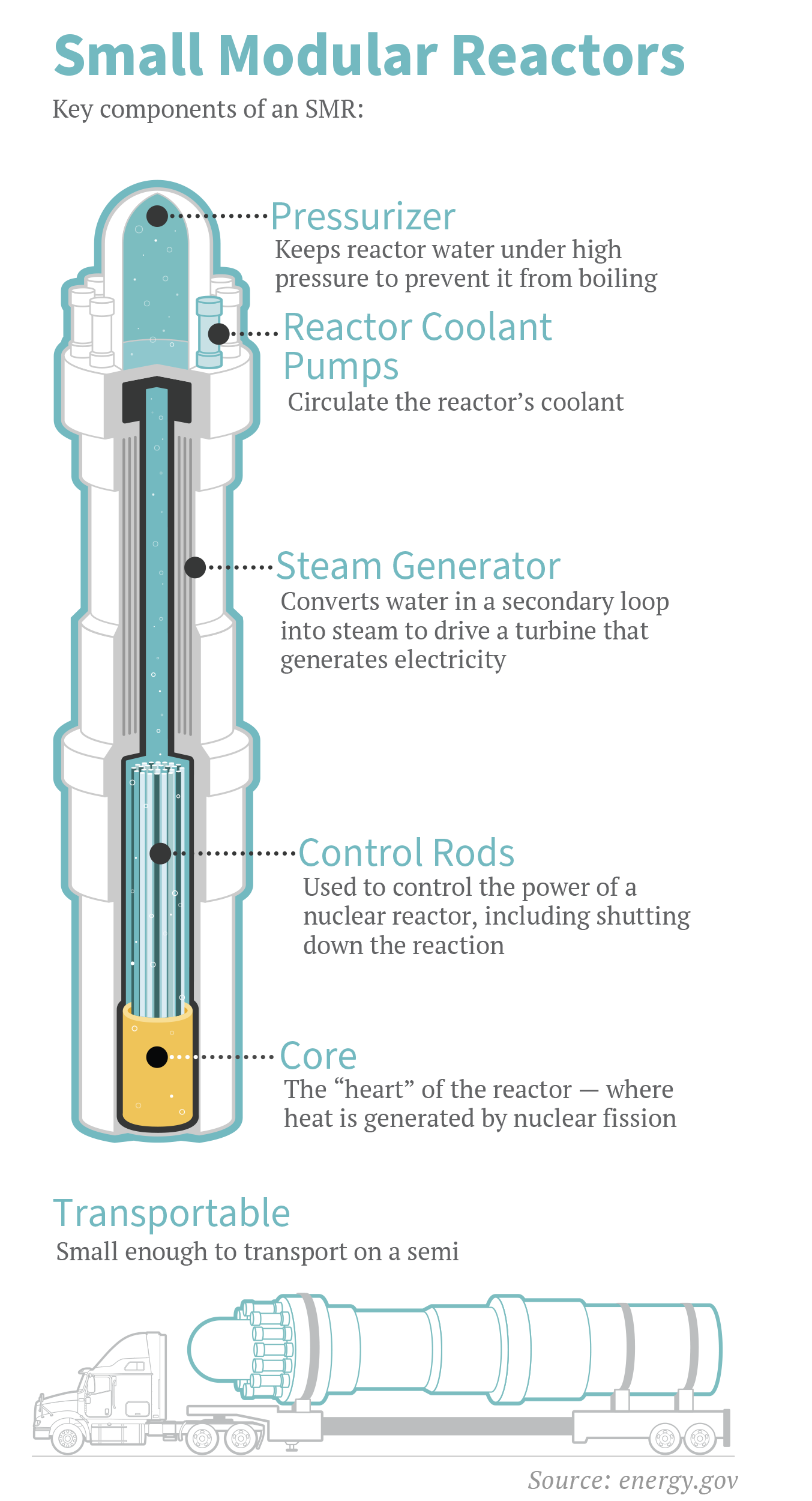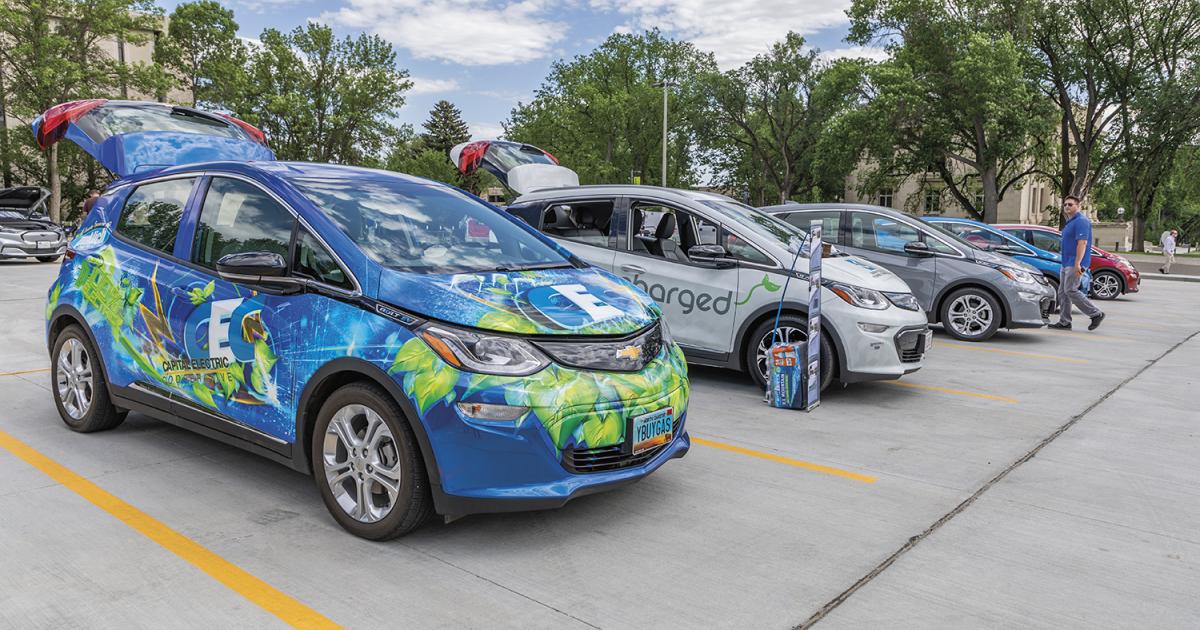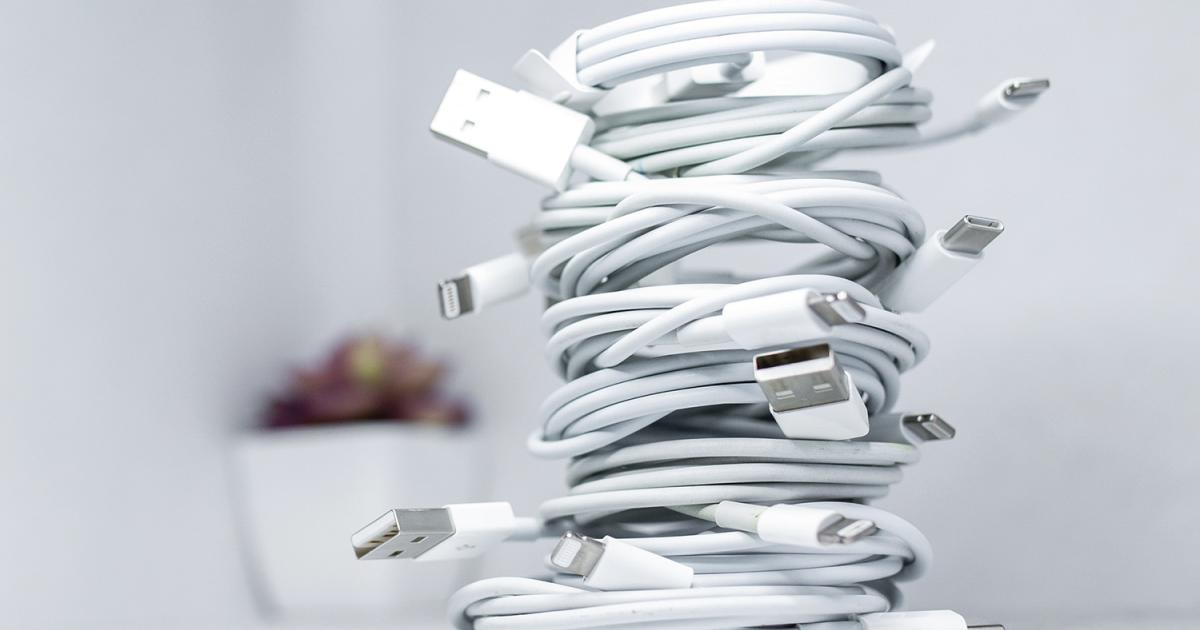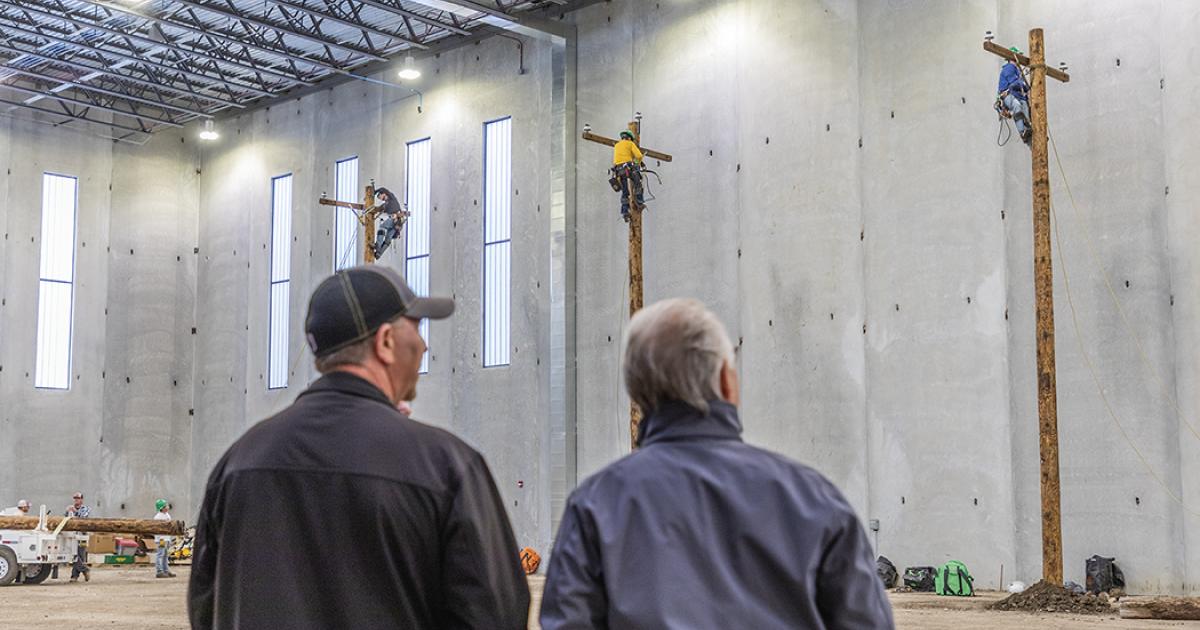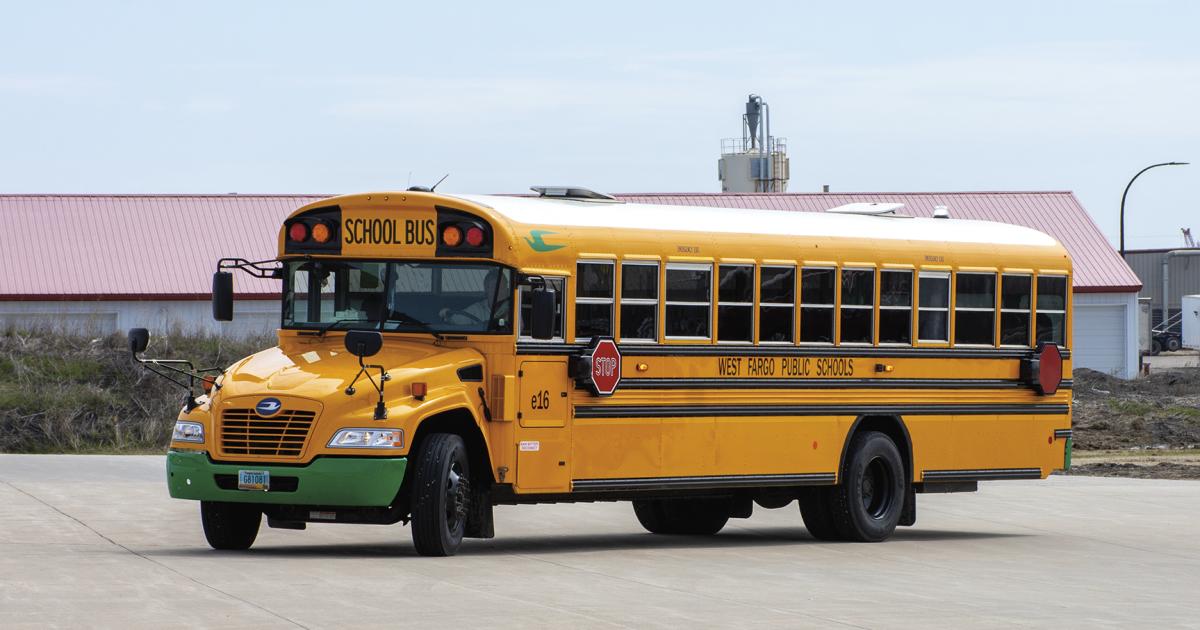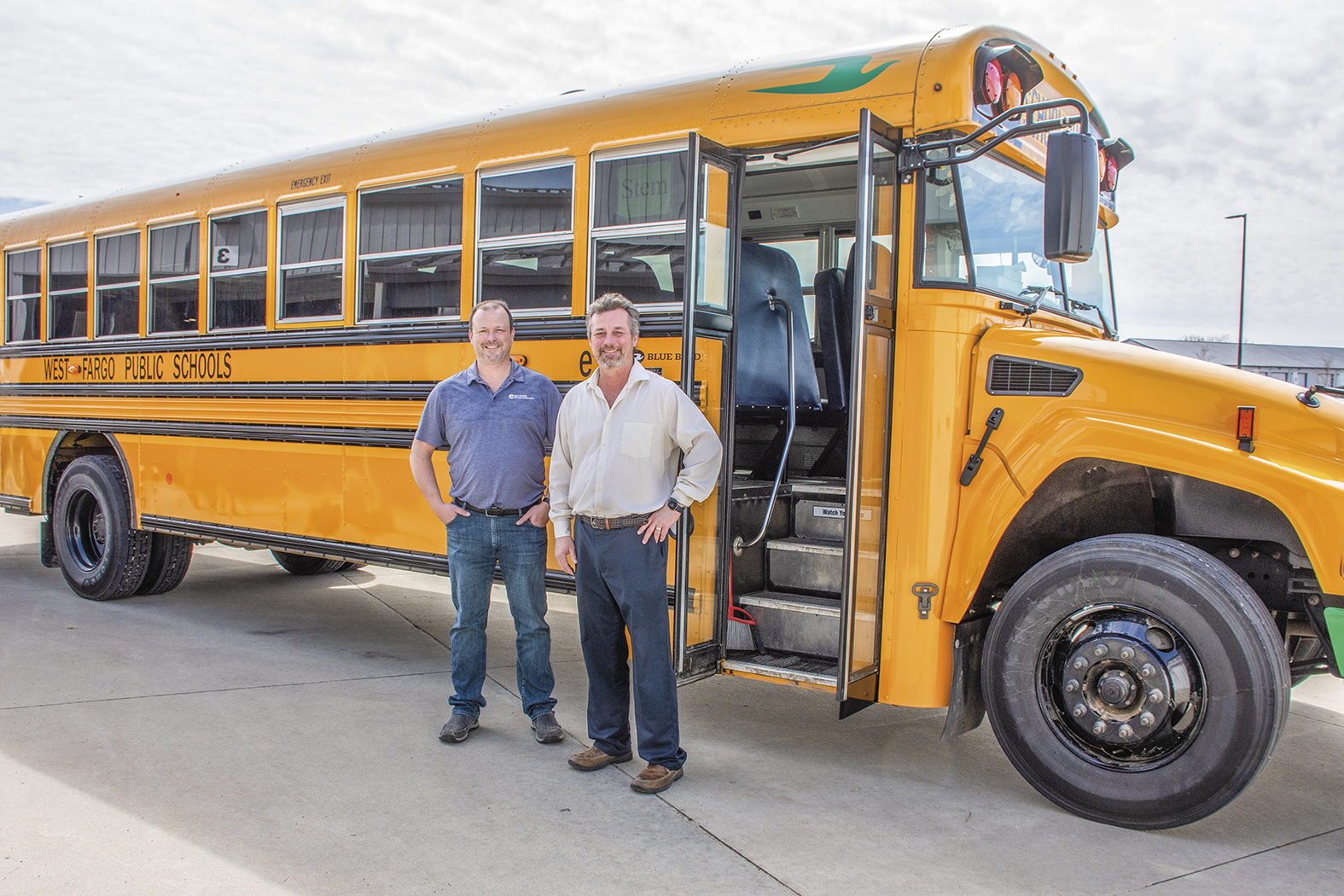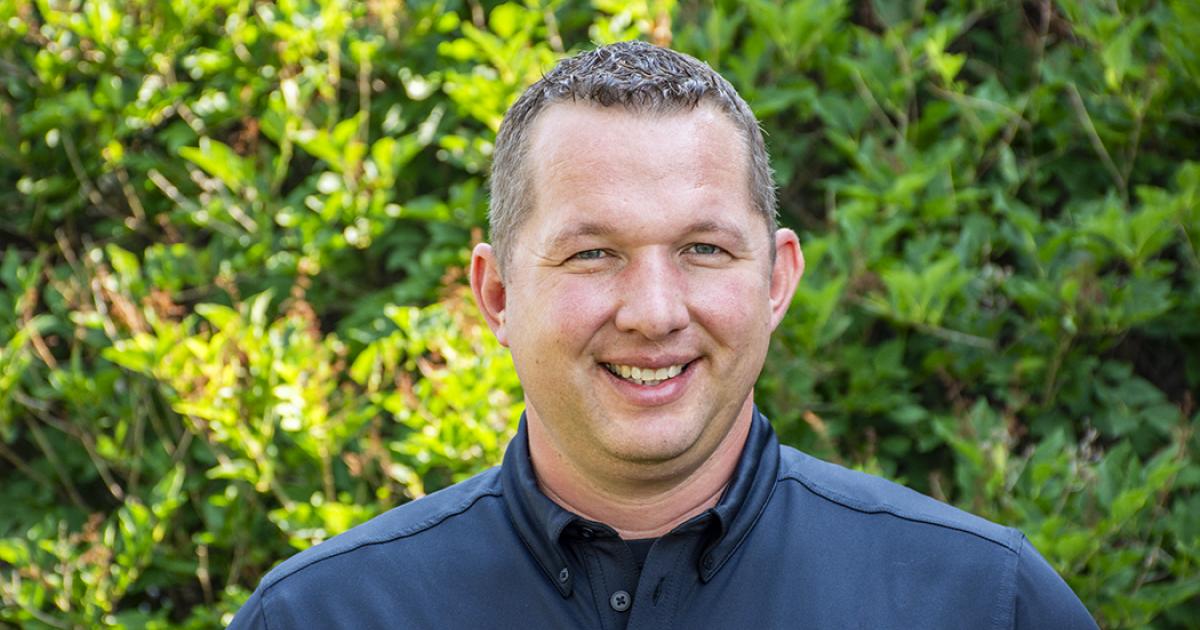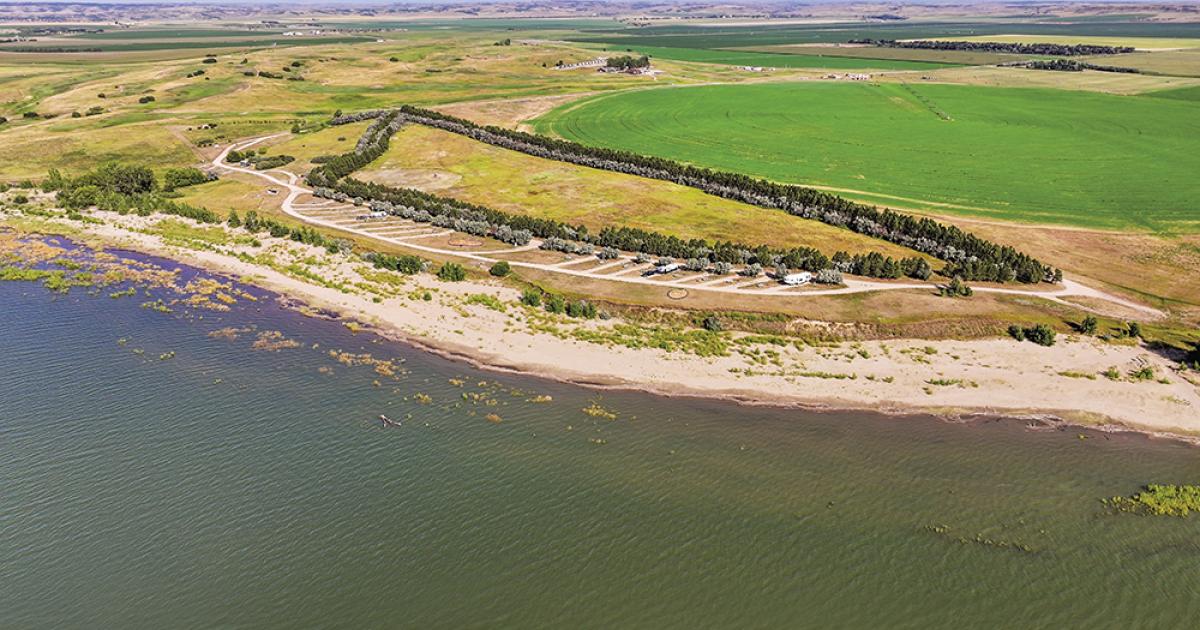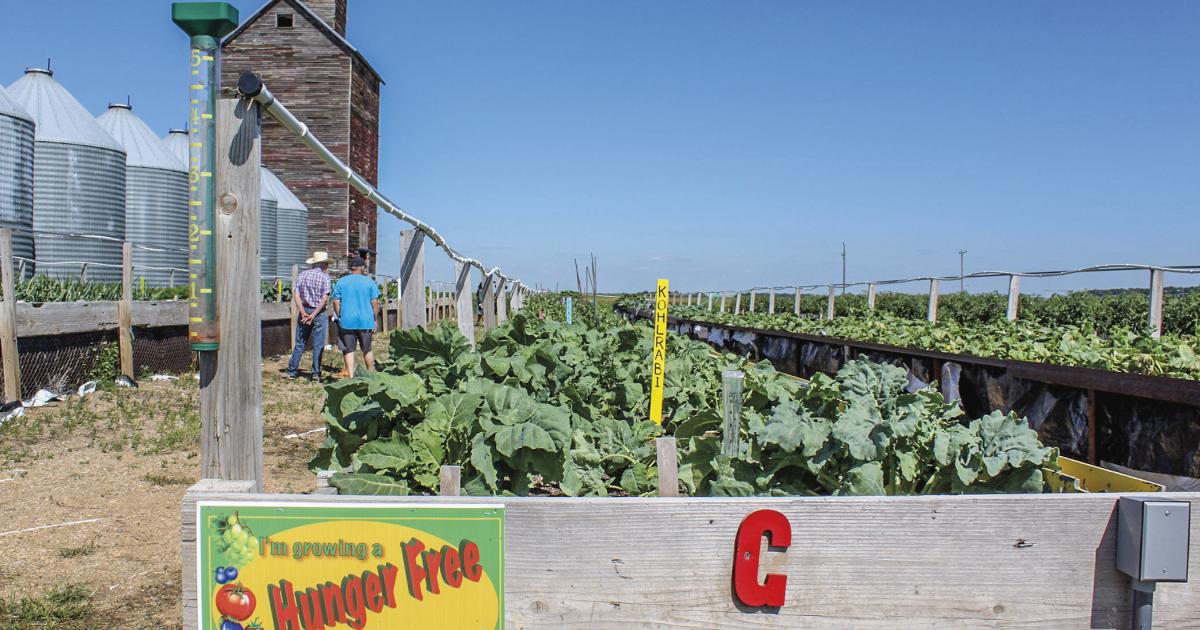Tech
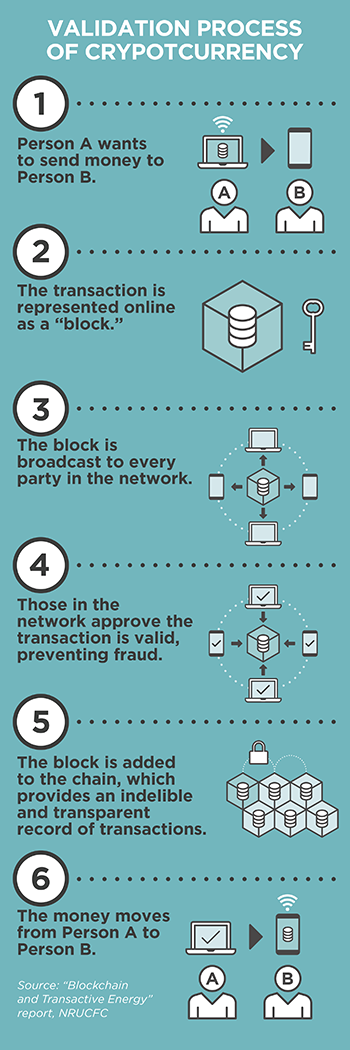 There’s a new industry you may have heard of that uses huge amounts of electricity – as much as all the refrigerators in the United States. And it may be coming to a town near you.
There’s a new industry you may have heard of that uses huge amounts of electricity – as much as all the refrigerators in the United States. And it may be coming to a town near you.
Cryptocurrency has been around less than 15 years, so if you’re not familiar with Bitcoin and other forms of digital currency, what you’re about to read will likely sound strange.
If “rural electrification” was a buzzword spreading across the nation in the 1930s, “beneficial electrification” might be a buzzword of the 2030s.
Rural electrification in North Dakota held dreams of making life better for every farm family, and eventually, meant serving members in every pocket of this state, from the most remote to urban areas.
Many of us are so connected to our phones, tablets and laptops we panic when the battery nears the dreaded 0% mark.
We want our device batteries to perform well for as long as possible. But taking care of them can conflict with why we have our electronics in the first place. The point isn’t to fret about battery life; it’s to read and send emails, scroll on social media, take photos and countless other pursuits.
Technology in 2023 will continue to advance rapidly. In particular, there will be many new and emerging technologies available to the public, including augmented reality, artificial intelligence and autonomous vehicles.
I am excited to see what 2023 brings. Most of these advances in technology will help us live a healthier and better life.
From Pearl Street to the Pierson farm. From New York to near York.
On Sept. 4, 1882, Pearl Street station, Thomas Edison’s complete direct-current electric system, was publicly unveiled in Lower Manhattan. Edison’s electric idea eventually reached North Dakota farm country, where the Ray and Evangeline Pierson farm, 3.5 miles south of York, was energized by Baker Electric Cooperative on Thanksgiving Day 1937. It was the state’s first farm to receive electricity.


